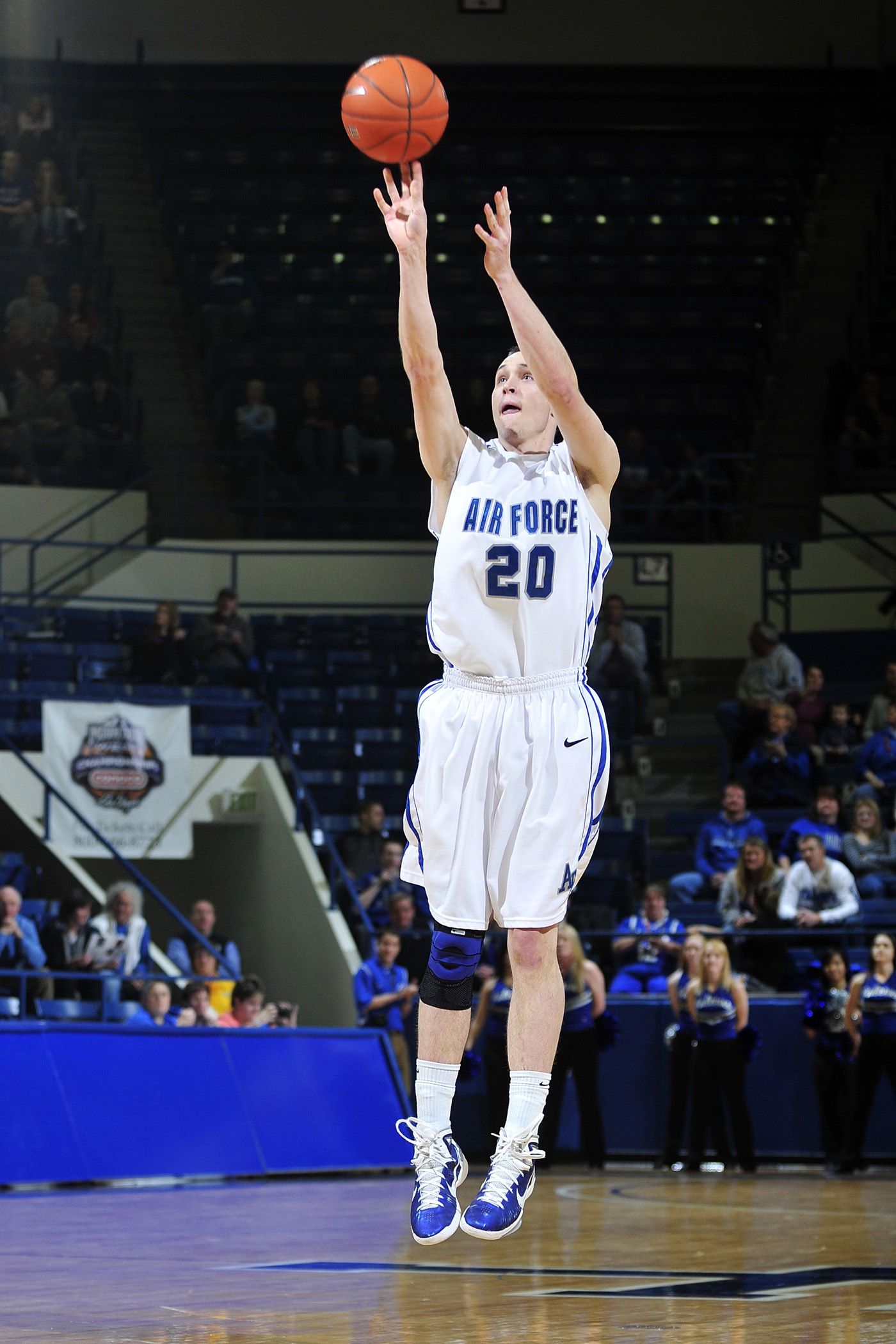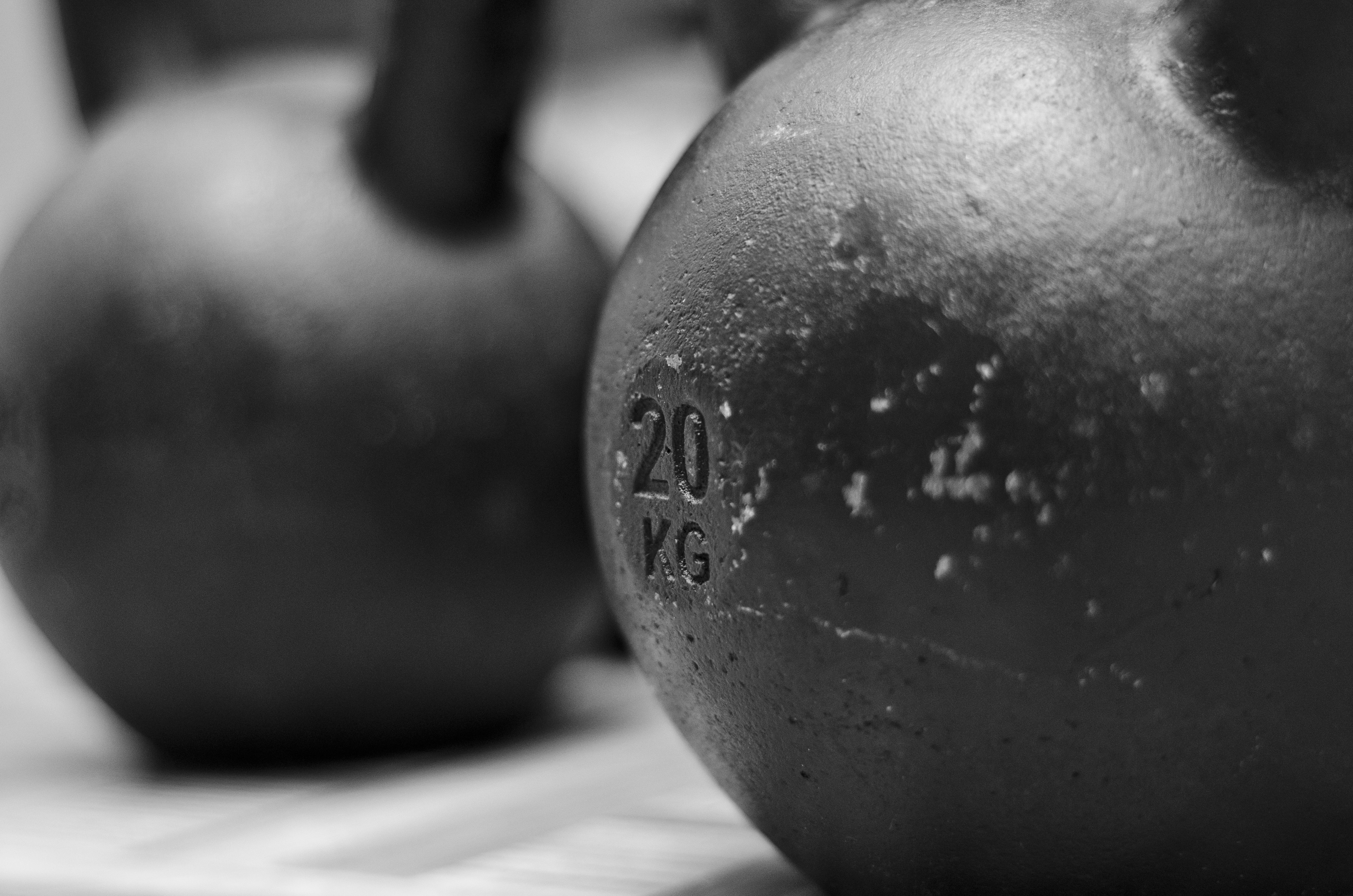Ask anyone in the strength and conditioning field for more than a few minutes about how to develop hypertrophy and they will tell you that athletes need to do sets of 8-12 reps with 70-80% of maximum. Why? Because combine this volume and weight with incomplete recovery and it will cause a short-term increase in testosterone, growth hormone, and other anabolic hormones which, if done enough times, will eventually lead to larger muscle fibers.
Chasing this down in the literature is challenging. The 8-12 reps isn’t actually research based. Ultimately when you follow this recommendation back far enough, you come to a translated East German textbook which has this recommendation. So, what if this information isn’t correct?
In an issue of the Journal of Applied Physiology, Morton et al asked this question. They asked if the load (sets x reps x weight) and the post-exercise hormonal response had anything to do with strength and hypertrophy gains from a 12-week strength training program. They also wanted to know how this impacted men with resistance training experience. The results are really interesting…
The subjects in this study were divided into two groups. Both groups trained four days/week for 12 weeks. Both groups performed the same exercises. The first group (the light group), performed 3 sets of 20-25 reps per exercise with the resistance being around 30-50% of 1-RM. The second group, the heavy group, performed 3 sets of 8-12 reps per exercise with the resistance being around 75-90% of 1-RM. Both groups trained to volitional failure on each set.
Results:
- Muscle fibers increased their cross-sectional area by 12-15% as a result of the study. There was no difference between the light and heavy groups.
- Strength increased on the measured exercises (leg press, knee extension, shoulder press, and bench press) by 12-41% over 12 weeks. With the exception of bench press, there was no difference between the two groups. The heavy group increased their bench press by (on average) 5 kilograms more than the light group.
- Anabolic hormones increased after exercise, but there were no differences between the groups.
So let’s start with the results. 12 weeks of resistance training, 4 days per week, resulted in a 12-15% increase in muscle fiber cross-sectional area and a 12-41% increase in strength depending upon the exercise. It did not matter if the exercise was lighter with a higher volume or if it was heavier with a lower volume. The key seemed to be the intensity in terms of training to volitional failure. Not only that, but there were no statistically significant differences between either training protocol in terms of gains or hormonal responses.
Now, this works against common wisdom. Again, we “know” that 8-12 reps is best for hypertrophy. We “know” that more than 12-20 reps develops endurance which is an anti-hypertrophy way to train. What’s going on here?
The authors suggest that the important thing here is the training to volitional failure and the amount of motor unit recruitment that this requires. Simply doing a lot of repetitions with lighter weights isn’t going to produce the desired response if the intensity (i.e. volitional failure) isn’t achieved. Now, if the desire is to increase 1-RM strength then the authors point out that we still need to train heavy on the exercises to be tested.
What is interesting about this study for me is that it allows for a great range of training repetitions and percentages of maximum so long as the intensity is there. It suggests that training can be a great deal more varied if hypertrophy is the main goal.
Now, if we’re talking about the training of athletes that have a need for strength and power, I don’t think this study changes much. And, as many coaches understand, having large groups of athletes train to failure is a problem to manage. With that in mind, applying some of the results of this study might work better in a private facility and not in a team strength and conditioning environment.
Morton, R.W., Oikawa, S.Y., Wavell, C.G., Mazara, N., McGlory, C., Quadrilatero, J., Baechler, B.L., Baker, S.K., and Phillips, S.M. (2016). Neither load nor systemic hormones determine resistance training-mediated hypertrophy or strength gains in resistance-trained young men. Journal of Applied Physiology, 121, 129-138.




